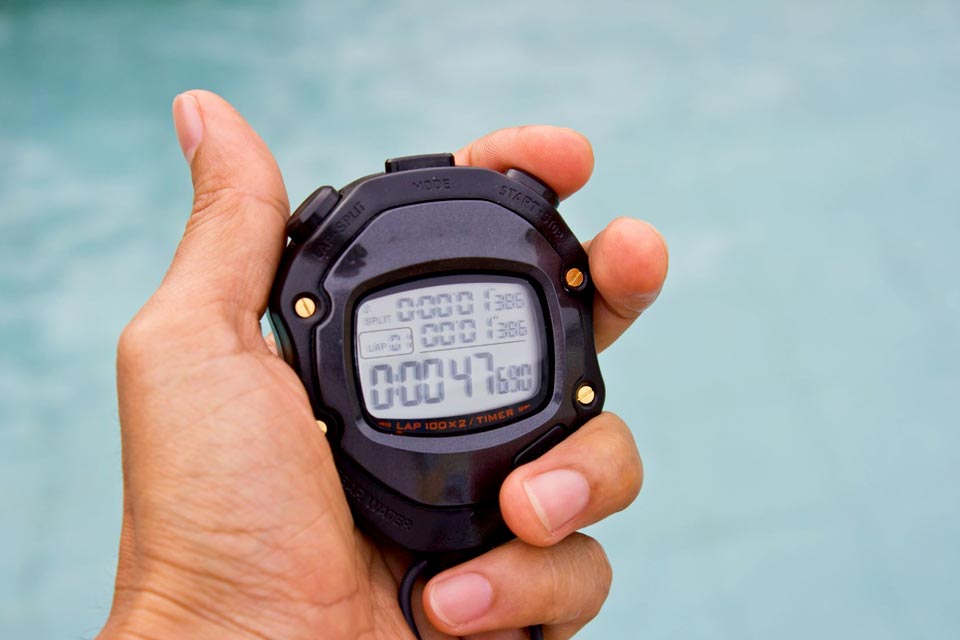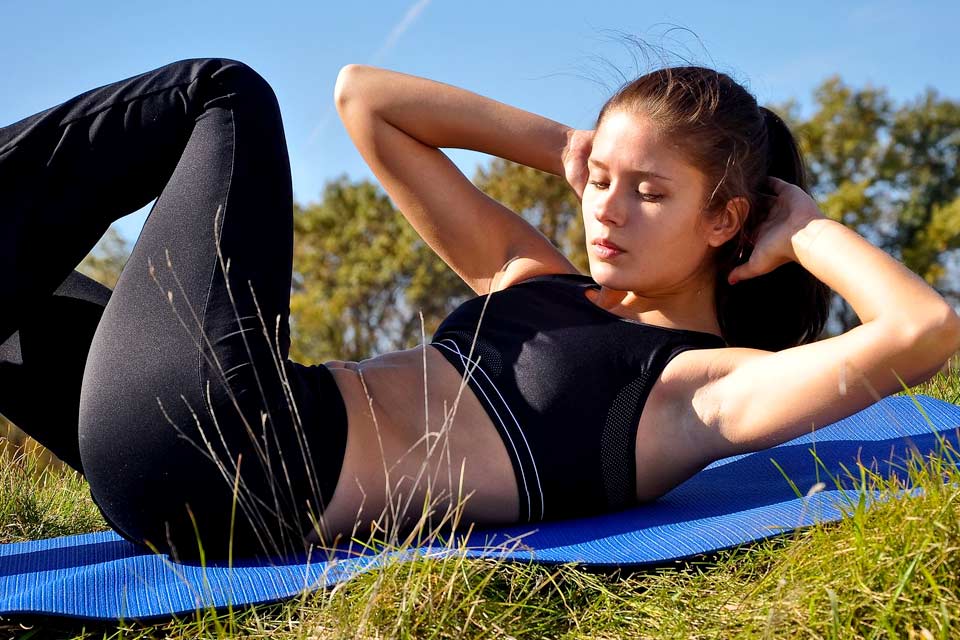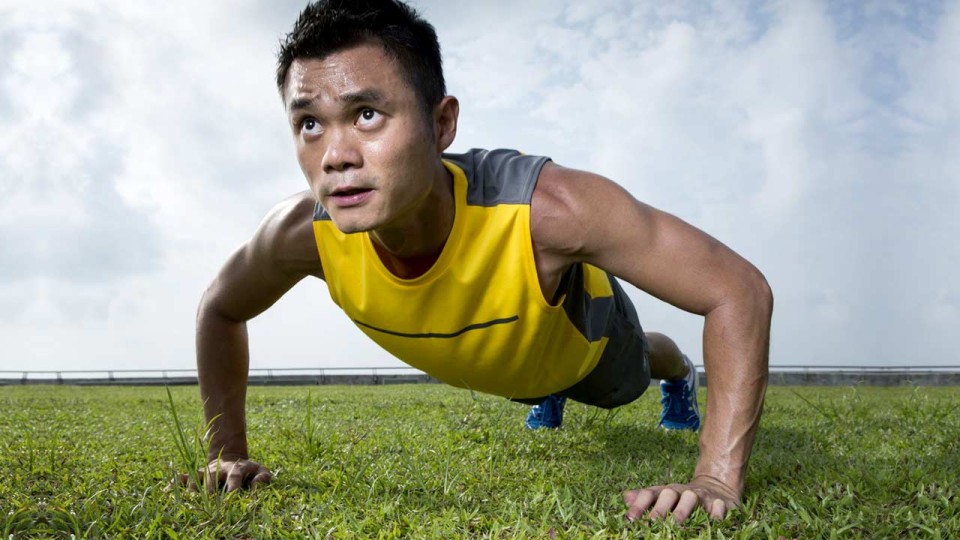Having come from a battle of bad genetics, motivation and knowledge myself, I am more than happy to share how I learnt to run effectively and most importantly, efficiently.
What does it mean to run efficiently? By running “efficiently”, I mean taking the the least amount of time required to achieve the biggest improvement.
You might think you are running great because you are clocking huge mileages each week, but some fairly basic principles might actually reveal that you are not utilising your runs to the fullest potential.
Vo2 Max Tests

A simple way to see how efficiently you are running is the heart rate/Vo2 max tests. This is a test which calculates the rate at which your body ultilises oxygen.
There are a few ways to calculate your Vo2 max tests, some which may be expensive. This Vo2 max test is probably one of the simpler ways to calculate it yourself.
While studies reveal that some people have a better Vo2 max ratio compared to others, increasing your Vo2 max efficiency is a great way measure your benchmarks.
There is no upper limit to Vo2 efficiency, and even up till now, I am trying to improve my Vo2 efficiency.
High Intensity Interval Training: An Alternative To Long Runs
A great way to increase your Vo2 max ratio is High Intensity Interval Training (HIIT will be used from here onwards).
Long aerobic workouts (including running) have been promoted as the best method to reduce fat. This is because fatty acid utilization is usually believed to occur at least after 30 minutes of training.
But interestingly, HIIT is a form of anaerobic exercise. In contrast, HIIT sessions last no longer than 30 minutes!
But even though it is an anaerobic exercise, HIIT has shown that in addition to an increase in resting metabolic rate, it can also significantly lower insulin resistance and causes skeletal muscle adaptations that result in enhanced skeletal muscle fat oxidation and improved glucose tolerance.
Simply put: insulin resistance and skeletal muscle adaptation = fat burning too. They’re just different mechanisms that both contribute to burning fat.
The Hard News
Now here’s some news that might be hard to take: More time spent running does NOT necessarily mean that it’s more effective at improving your fitness.
Aerobic exercises (i.e. running) is NOT the only way to burn fat. There are other ways to burn fat and increase your fitness, and HIIT is one of those!
The Tabata Regimen
There are many regiments one of the most popular being, the Tabatha regime. You can try the Tabatha Regimen for yourself. It’s designed to push you extremely hard, but not waste a single second of your time.
1 set: 20 seconds of intense running (170% intensity) and 10 seconds of rest.
The first set might seem easy, but repeat this for 8 total sets (for a total of 4 minutes), and you will feel the burn!

Long Runs and HIIT: Why Not Both?
Let me get things straight: Of course you should still continue your long runs. In fact, if you talk to a certified coach of any form of sports, they should understand that every athlete should plan their recovery and rest as seriously as their training and that will be what helps them improve their threshold.
But what I’m saying is that you should consider adding in one or two HIIT sessions to your weekly workout routines, for the different benefits that both types of exercises bring. Think of these HIIT sessions as conditioning exercises for yourself; your active rest while taking a break from extended distance running.
Variety (And Knowledge) Is The Spice Of Life
Before I read up more sports science knowledge, I was running long distances and running shuttle sprints (technically a distance of less than a basketball court which is about 50m) many times a week.
But even though I appeared to be lean, I found out that I had a fat percentage of over 18 (which is below average definitely for a active athlete and at that point I was even playing competitively). Visually, my stomach was not just round, but flabby, and I even had “love handles”, which was something I am sure that nobody would visualise under the basketball jersey of a skinny, young athlete!
But after months and months of training with aerobic exercise such as kickboxing, calisthenics weights and of course, running, the results were great. My belly flattened, and my “love handles” started to disappear.
In conclusion, don’t always go for extended runs. Spicing things up with other activities such as HIIT can increase your fitness and can give you better timings!
Stay tuned and I will cover more on the other spectrum of running: Different kinds of aerobic runs!
If you’ve enjoyed Leon’s article, you may enjoy more training tips and strategies (or even share your own training regime) over at the RunSociety Forums!





